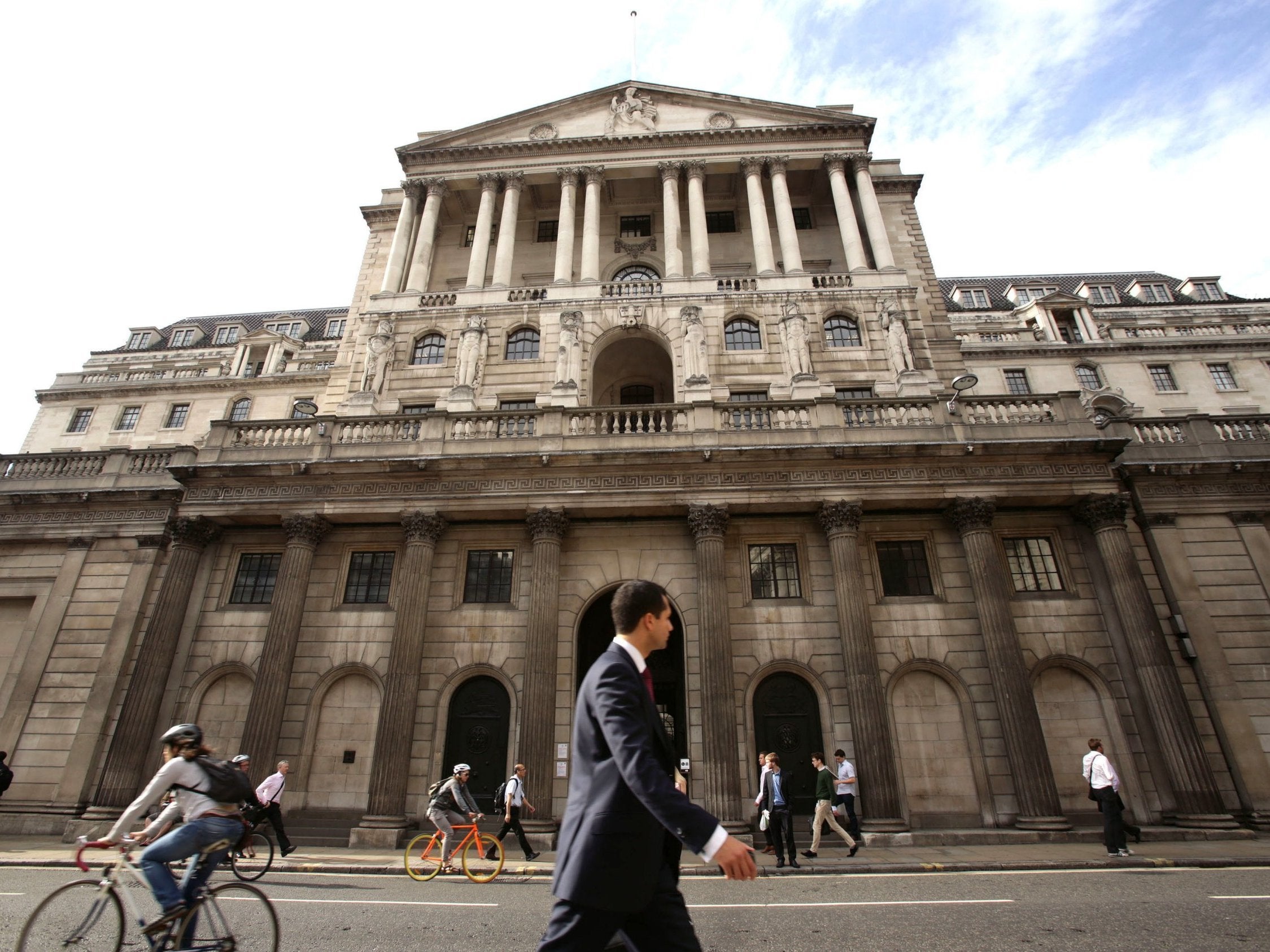Is Britain facing a new credit crunch?
According to the Bank of England, business lending could be set for the sharpest decline since the financial crisis. That bodes ill for UK plc, writes James Moore


On top of all its other economic problems, is Britain facing a corporate credit crunch? The Bank of England’s credit conditions survey shows that business lending remained more or less flat as a pancake for the three long years after the EU referendum. That’s changed and not in a good way.
The latest update shows a decline in the third quarter of 2019 which is expected to accelerate during the current quarter. If lending performs in line with expectations for the final three months of 2019, it will show the sharpest decline since the run up to the financial crisis.
That statement demands a little context. In the absence of an economic earthquake, the decline won’t come close to the slump the Bank’s graphs show occurred in the latter part of 2007 when the UK was in the midst of the global credit crunch.
But it doesn’t bode well for UK plc. If businesses aren’t borrowing they aren’t investing. They’re cutting.
It’s fair to ask at this point whether the squeeze is caused by the banks or whether its down to a lack of appetite from their customers. The answer is that it’s a bit of both.
On the day data was released, NatWest trumpeted that it was pumping a couple of extra billion into its “Brexit preparation fund” for small businesses. NatWest is, of course, owned by Royal Bank of Scotland, which is majority owned by the Brexit-backing government. Smart move on the part of its bosses, then.
But across the entire market, when you look at big- and medium-sized businesses, as well as small ones, the fact is that the banks are tightening up. They’re just doing it at a time when demand from their customers is also weak.
This chimes with what I was recently told by a major bank. While it expected to hit its lending targets I was told this had been a struggle. Its customers were willing to borrow to fund their day to day activities but not to do anything more than that. So no investment.
This has been the case pretty much since the Brexit vote landed and explains why the Bank’s chart has been flatlining for so long. You would expect businesses’ day to day borrowing to be fairly constant at a time when the economy has basically been flatlining. It’s the big projects that introduce an element of volatility into the figures.
The decline that’s emerged in the most recent quarter is a real cause for concern because it paints a picture of both banks and businesses battening down the hatches.
Ah but, I hear you say, hasn’t BoZo the Downing Street clown got a Brexit deal of sorts? Mightn’t that change things?
The “sharpest decline in business borrowing since the financial crisis”, is, after all, only an expectation for what the next set of numbers will show. If a deal is signed, sealed and delivered, shouldn’t that blow away some of the uncertainty, which is at the core of the UK’s current economic malaise?
Only up to a point. Let’s assume that BoZo ends up with a smile on his face after pulling off achieving something he helped to prevent Theresa May from achieving by getting his deal through parliament, a big if until MPs’ votes are cast and counted.
Such an outcome would take no deal – a scenario that causes businesses nightmares with good reason – off the table. So the most cancerous uncertainty would be removed.
But, as people are increasingly starting to realise, BoZo’s “deal” actually settles very little. Sure the UK will enter a temporary transition period under the current EU rules but uncertainty will remain until the UK’s final trading relationship with its biggest market is settled.
Trade tensions and stalling growth, meanwhile, make the global backdrop to all this a troubled one.
Even if the credit squeeze isn’t as bad as the data suggests it will be, there aren’t, sadly, too many grounds for optimism.
Join our commenting forum
Join thought-provoking conversations, follow other Independent readers and see their replies
Comments